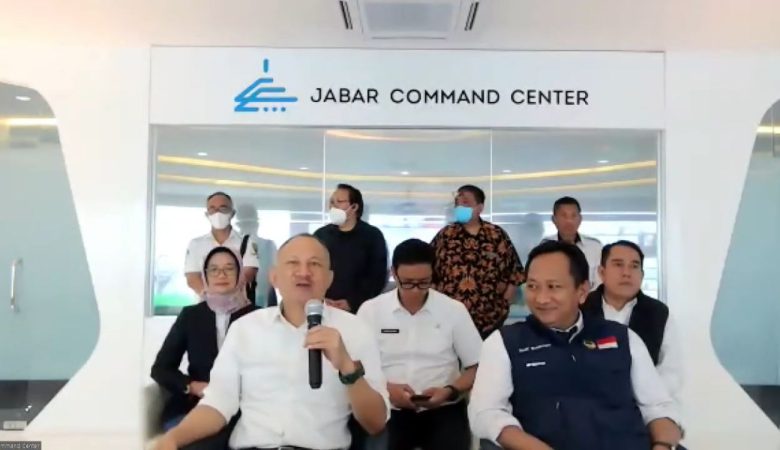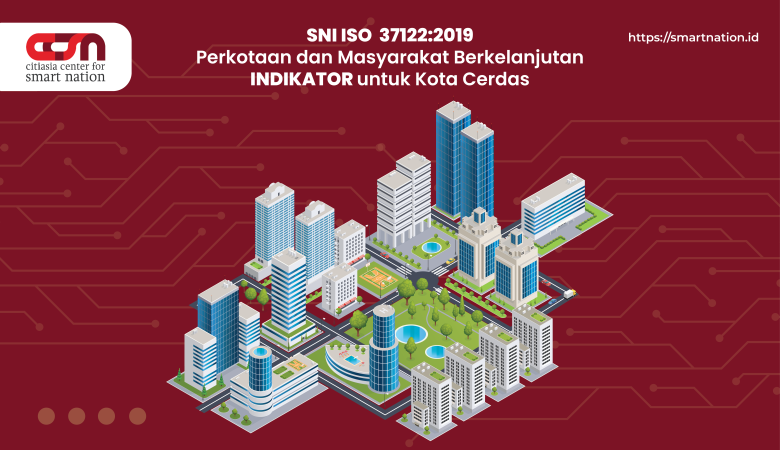
After the “first wave” of the smart city movement, local leaders said it was a big shift from a technology-first approach to a resident-first approach. Explain that you are migrating. Smart cities are more than just metropolitan terms that implement effective and ergonomic ways to distribute resources. This is a movement that creates a community ecosystem that improves the quality of life and stimulates economic activity by enabling cashless transactions with contactless technology. In 2020, the development of smart cities was strongly influenced by the Covid 19 pandemic. This is because more contactless dialogue was needed when accessing and trading public services to stay socially distant. Public security is the main topic, including improving infrastructure, expanding partnership networks, and digitizing priority environments such as public transport.
By 2021, basic technology will continue to be part of this transformation. In the meantime, the latest trends and technologies in artificial intelligence, data analytics, 5G, and more will be the focus of this transformational journey. The review is 20/20. When asked how smart city movements have changed over the last five years, many city guides have seen early enthusiasm for the potential of new smart city technologies, residents, their perspectives, and theirs. Explain how they may have been distracted from the main concern of their needs.
Five years ago, the smart city movement wasn’t focused on people, said Kevin Martin, smart city PDX manager in Portland, Oregon, from a recent smart city dive survey on the five-year smart city movement. I answered the question and said. He said it focused on technology that was oversold and wasn’t sought after by the community. Security remains a top priority even during a pandemic. Therefore, the digitization of public transport ticket services using bank cards, closed-loop cards, QR codes, and NFC wearable technology will continue to focus on contactless technology and the cashless agenda.
According to a recent report, the contactless payment market is worth nearly $ 20 billion by 2026, and customer preference for mobile and contactless payment solutions is growing, primarily in all channels of transportation. According to Martin, this “technology-first” approach was “mostly unsuccessful” because cities are not trusted administrators of data and technology, especially in poorly serviced communities. He added that cities lacked political processes and systems to support the increased use and collection of data by new technologies. According to Martin,
Portland’s smart city approach has changed since then. “From focusing on technologies like self-driving cars, it was a satisfying move to work with the Portland community to develop a broader and simpler approach to becoming a digital city.” He said. In addition, local executives from other major cities in the United States have said that over the past five years, the focus of smart city initiatives has shifted from implementing the latest technologies to prioritizing the needs of communities and residents. These new priorities include finding smarter ways (including new technologies) to meet these needs while protecting the privacy of residents. Much of this change was triggered by the COVID 19 pandemic, which exposed inequality, especially in the area of digital access, and highlighted the need for government change.
Breaking away from the “technical arms race”

The US smart city movement is characterized by not-so-realized, high-profile projects such as the development of Sidewalk Labs in Toronto and the work of replicas in Portland, Oregon. Has been done. Other major tech companies also seem to be losing momentum. Early smart city enthusiast and tech giant Cisco announced at the end of last year that it would integrate one of its most important smart city software platforms. The sense of what innovation looks like has evolved over the last few years, said Jen Sanders, executive director of the North Texas Innovation Alliance, which is also part of the larger National Smart Coalitions Partnership. “The movement of the smart city and the concept of coined words were very much in line with the big and bold vision,” the way people explained that vision was “often self-driving cars and flying. It was like a car and other prominent expressions. ” She wrote in an email interview.
Even those who value such efforts now understand where they have missed. Five years ago, focusing on new technology created a new data stream that helped solve the various problems facing cities, but it was difficult to justify the cost of technology, Said Linda Gerull, Executive Director and Head of Information for Technology in San Francisco. City. She said it wasn’t used in a way to provide new services. “These technologies were exciting, but the topic was empty because they didn’t fully address the challenges and needs of the inhabitants,” Gerull said. 5G wireless technology was first introduced in 2019 but is slowing globally due to technological delays in emerging markets and the perception that 4G is still working well.
By 2024, Statista will have approximately 1.9 billion subscriptions to 5G networks. For public transport, this is an RFID device that uses a passenger load or two machines that communicate over a distance on the route, or a parking sensor, traffic light, or other RFID devices for traffic and public transport. It means that the signal can be delivered more quickly. A single automatic network form.
Refocusing on “non-sexy” technology and small goals

Today, the concept of “digital city” is widely used to describe the modernization and transformation of urban services and systems. Francisco, “said Geruru. It is also based on cybersecurity and privacy. The core of the smart city is rarely seen by the average person walking down the street, according to Sanders of the North Texas Innovation Alliance. However, she said she could experience the benefits of investing in everyday life, such as reducing commuting time. Once led with the aid of using companies and their priorities, smart cities are described with the aid of using town governments and their priorities, stated David Edinger, Denver`s leader facts officer.
Denver now could be focusing on “much less than a handful” of clever tasks to keep away from spreading its sources too thinly, stated Edinger in reaction to the survey question. This consists of an initiative that goals to enhance air excellent close to faculties and a records hub venture that Edinger considers “the spine of destiny efforts.”
Washington, D.C. additionally shifted its clever town recognition in latest years from era to the way it trains and prepares its employees, citizens, and corporations on the way to all have an honest shot withinside the virtual age, the town`s Office of the Chief Technology Officer stated in an assertion in reaction to the survey.
The smart city idea has come to be extra holistic, consistent with Phoenix Mayor Kate Gallego, transferring past the implementation of the era to embody significant network engagement, fluid communique capabilities, putting off waste, sustainable environmental practices, the smarter use of sources, and a higher excellent of life.
But the shift to that new method has additionally been a task for lots withinside the space. “While the idea of clever towns is turning into extra familiar, it stays a brand new idea for lots of practitioners, It is tough to make sure practitioners recognize the complete method and holistic questioning vital to attain a simply smart city.”
Author: Diva Maharani | Illustrator: Akbar Nugroho









Leave a Reply